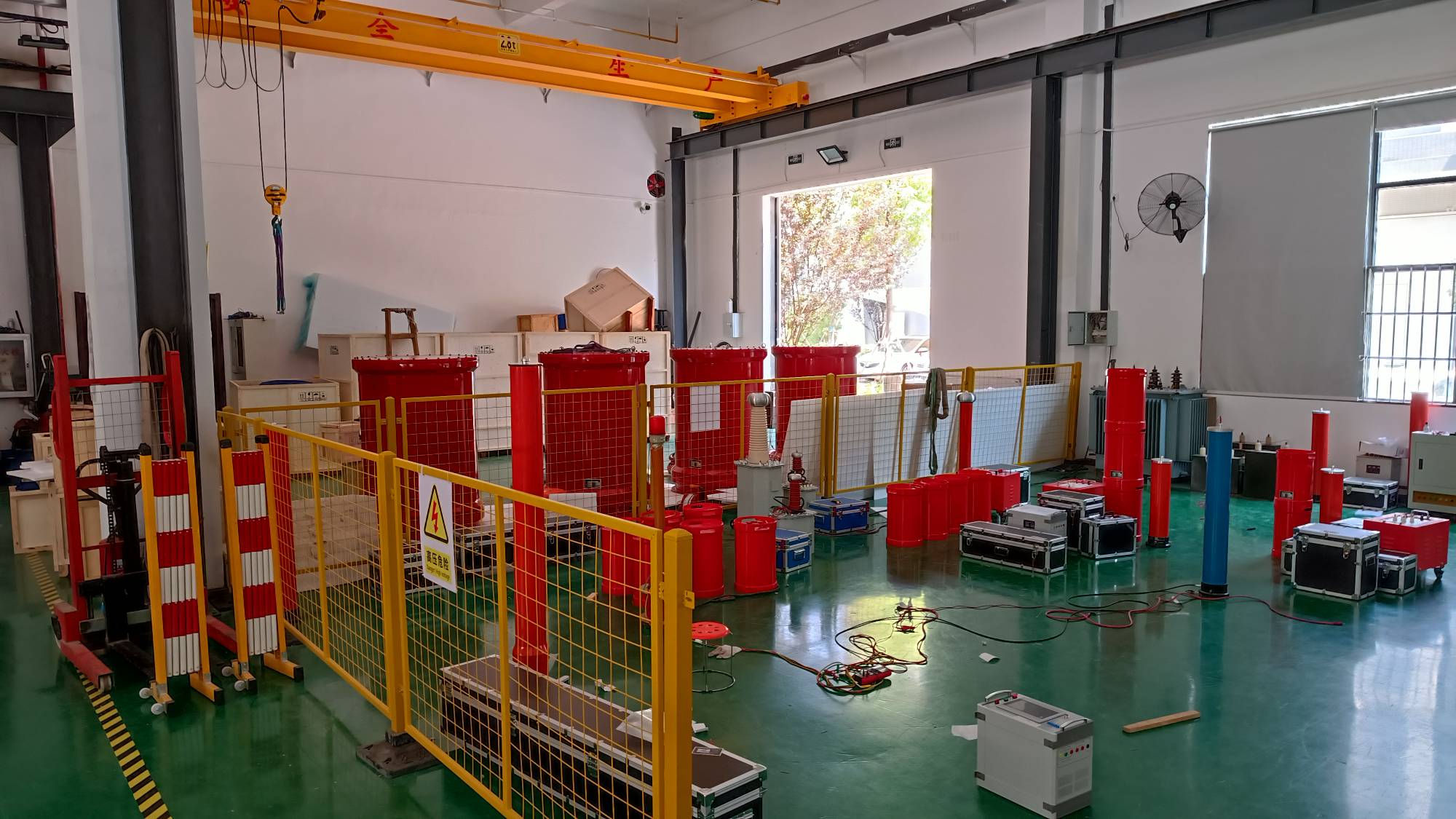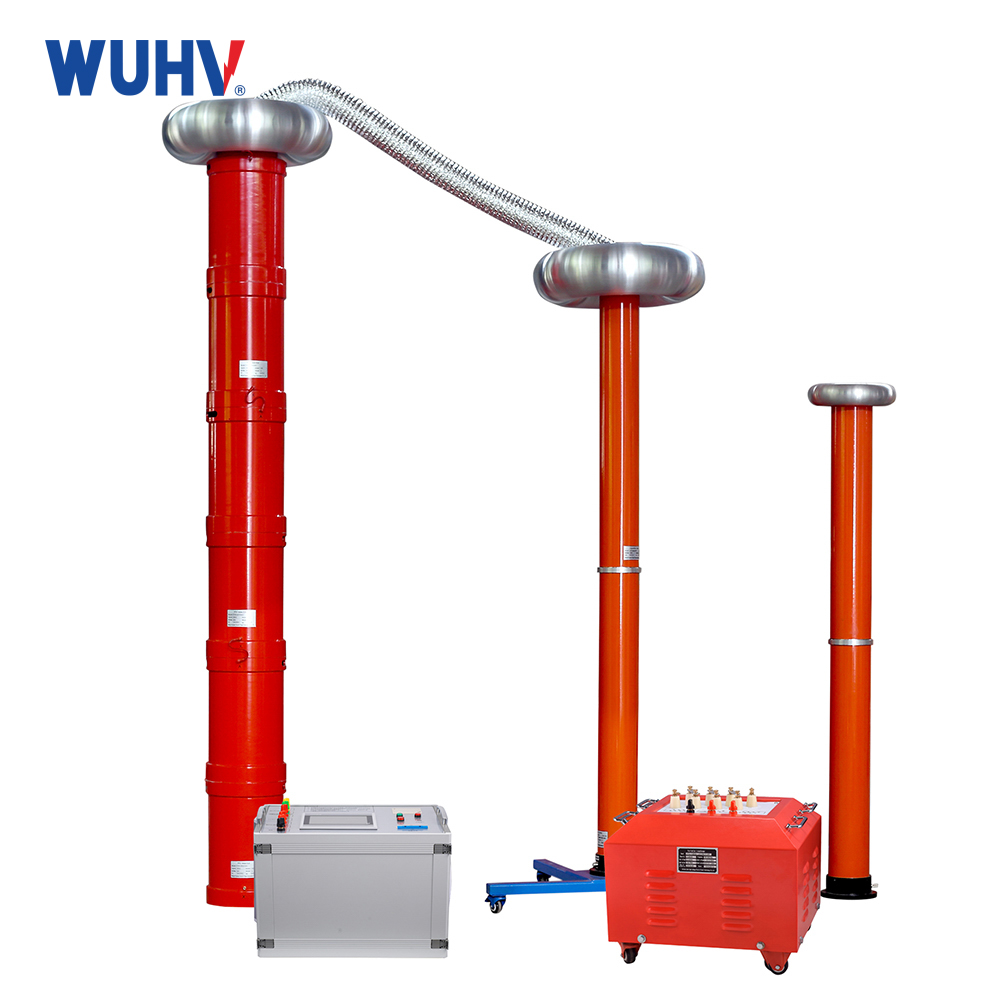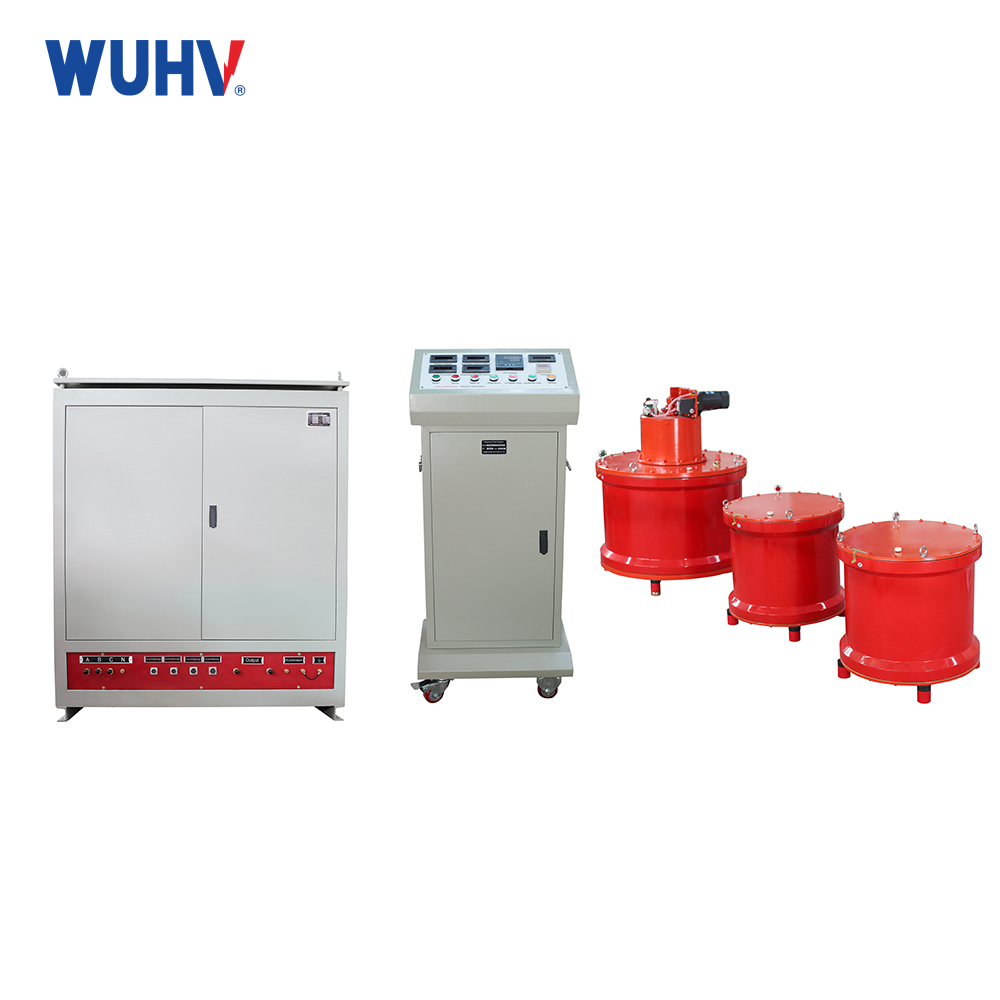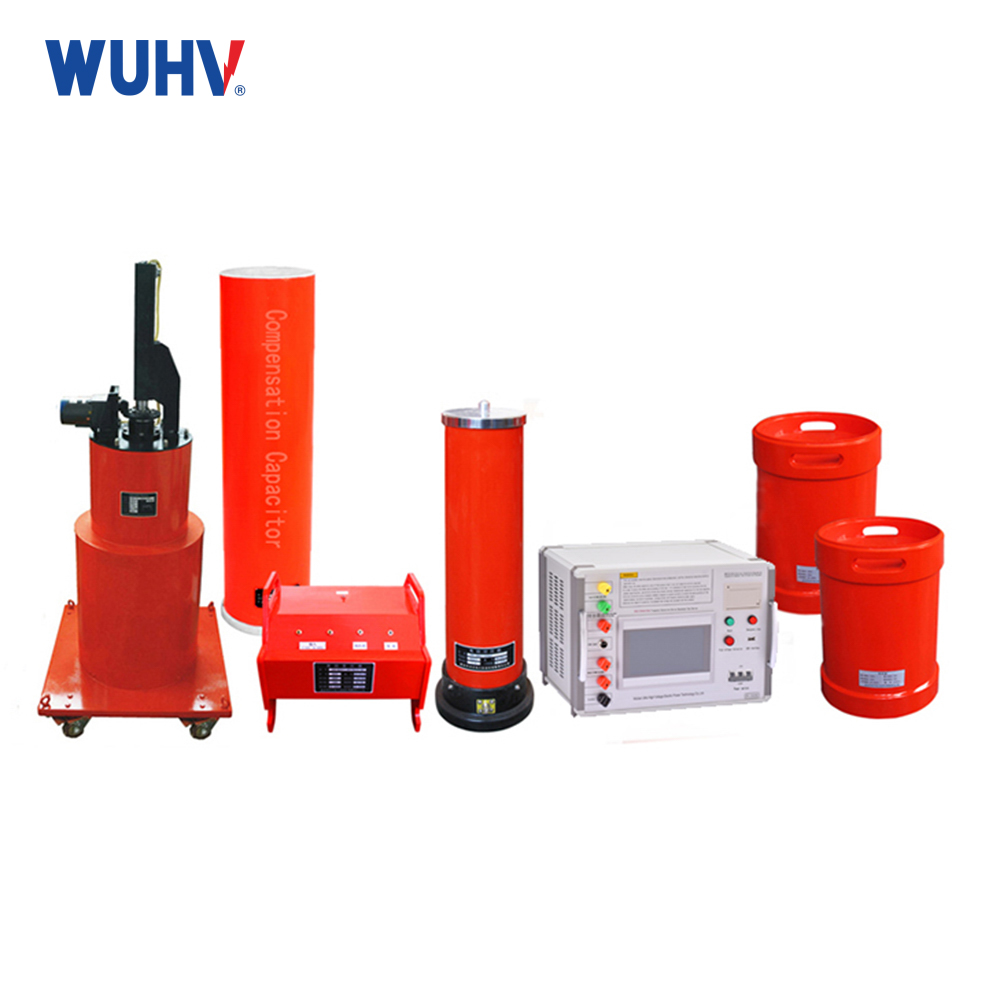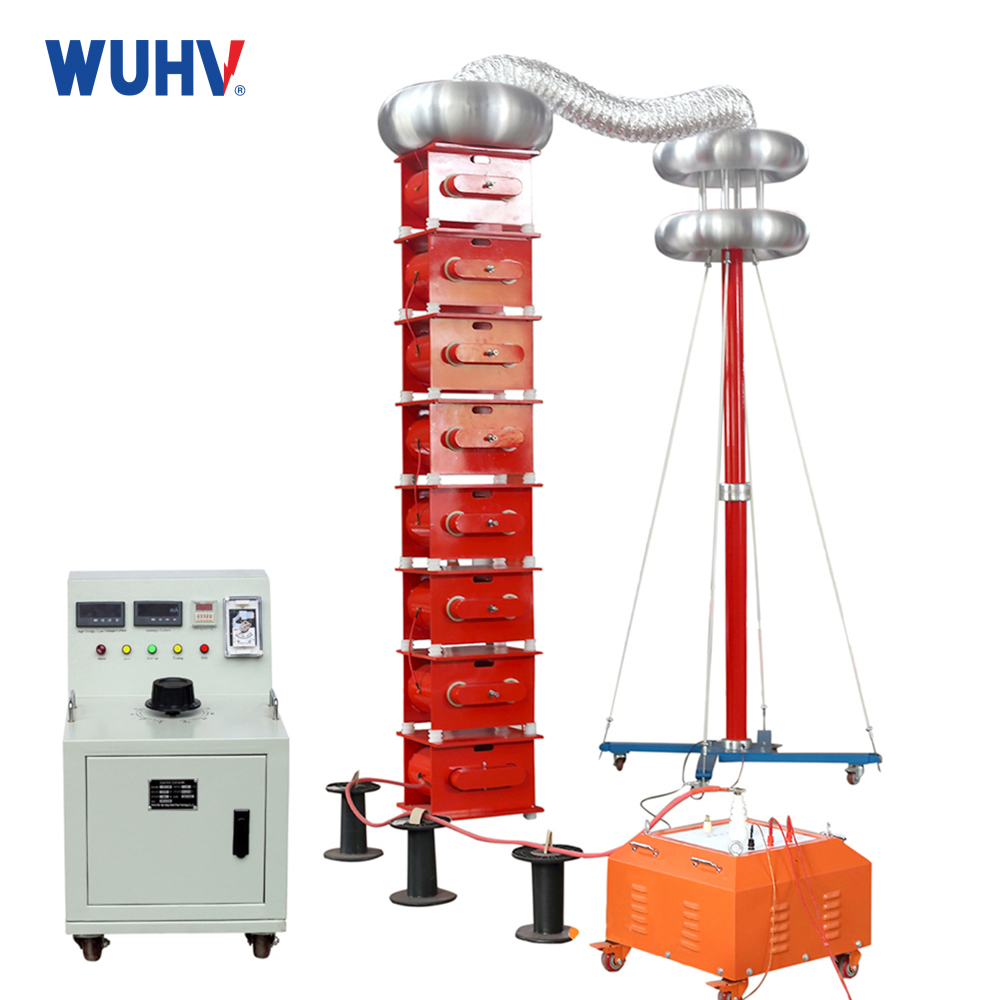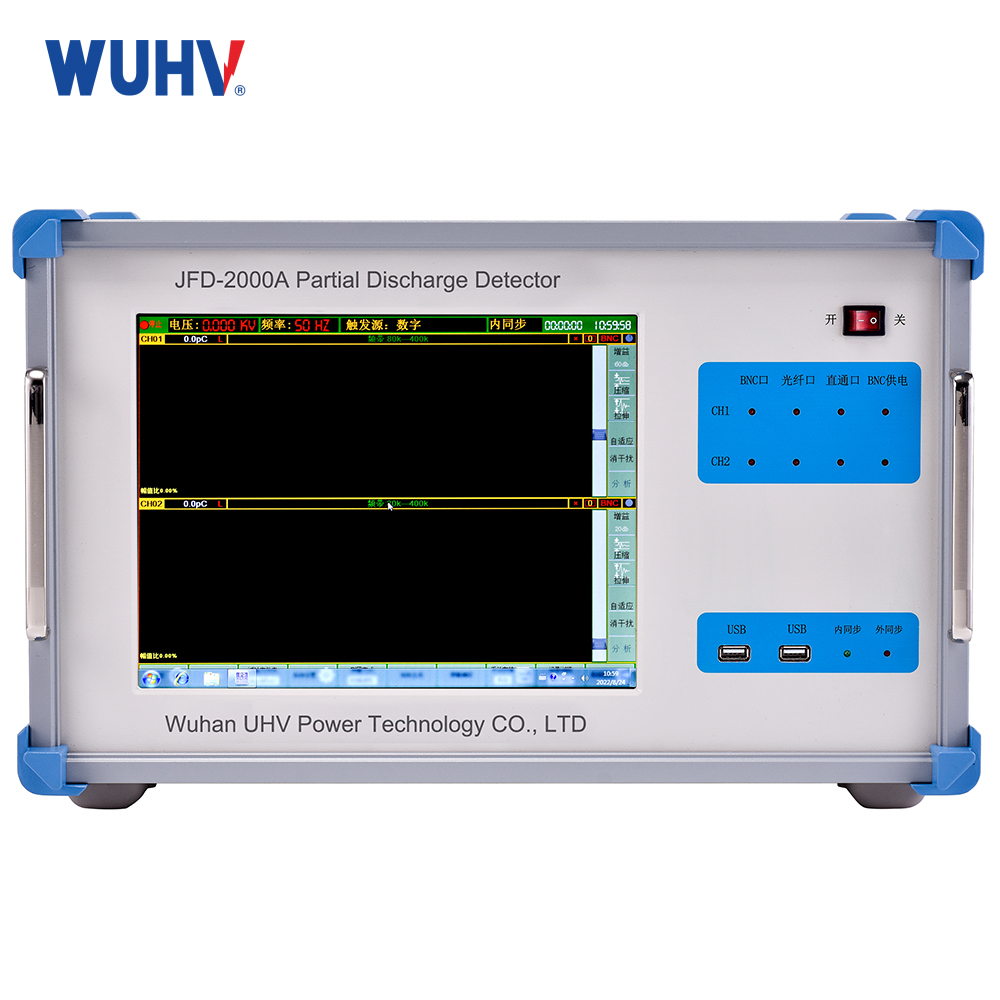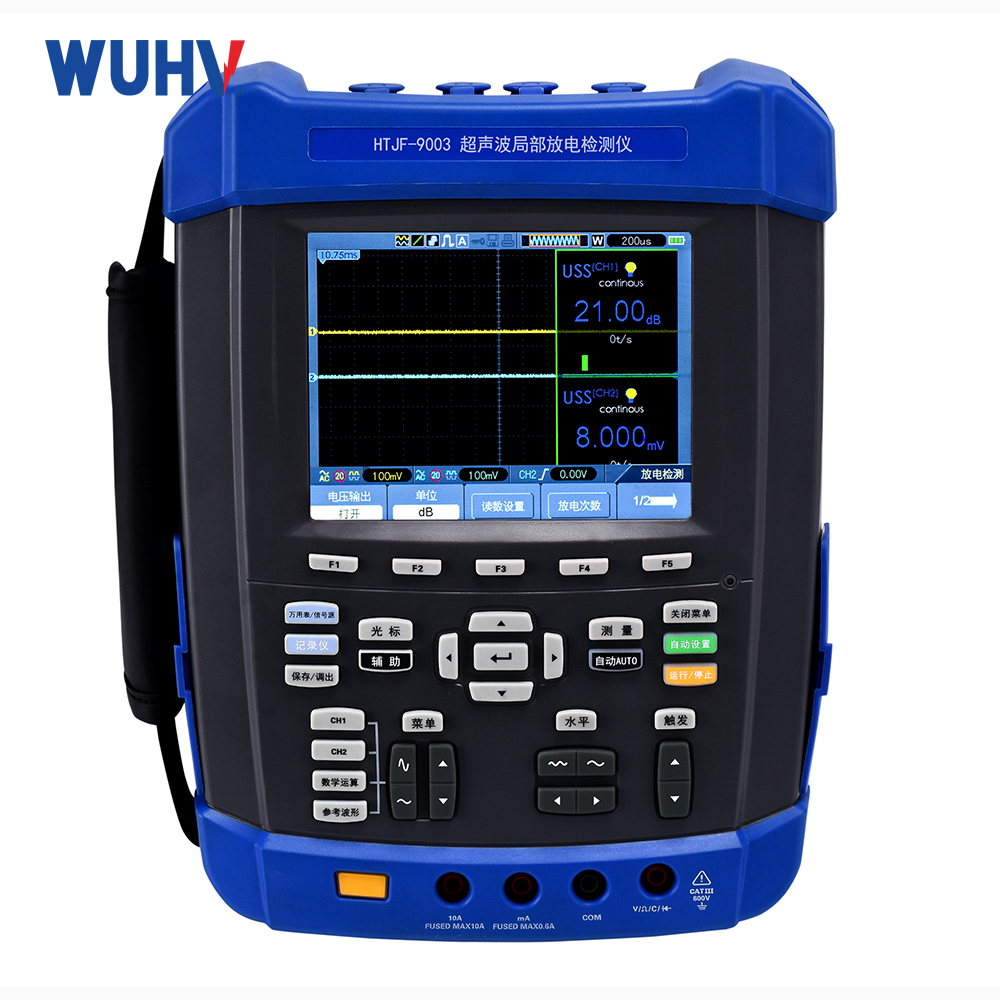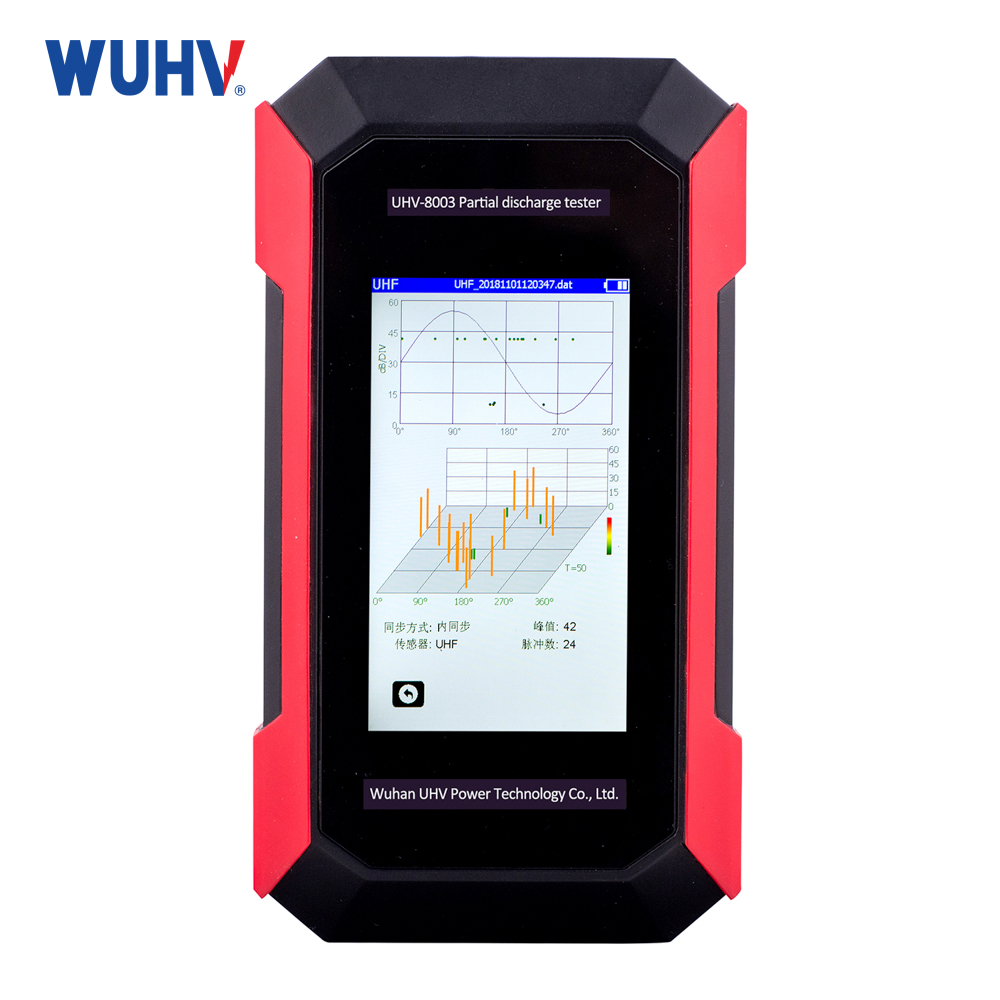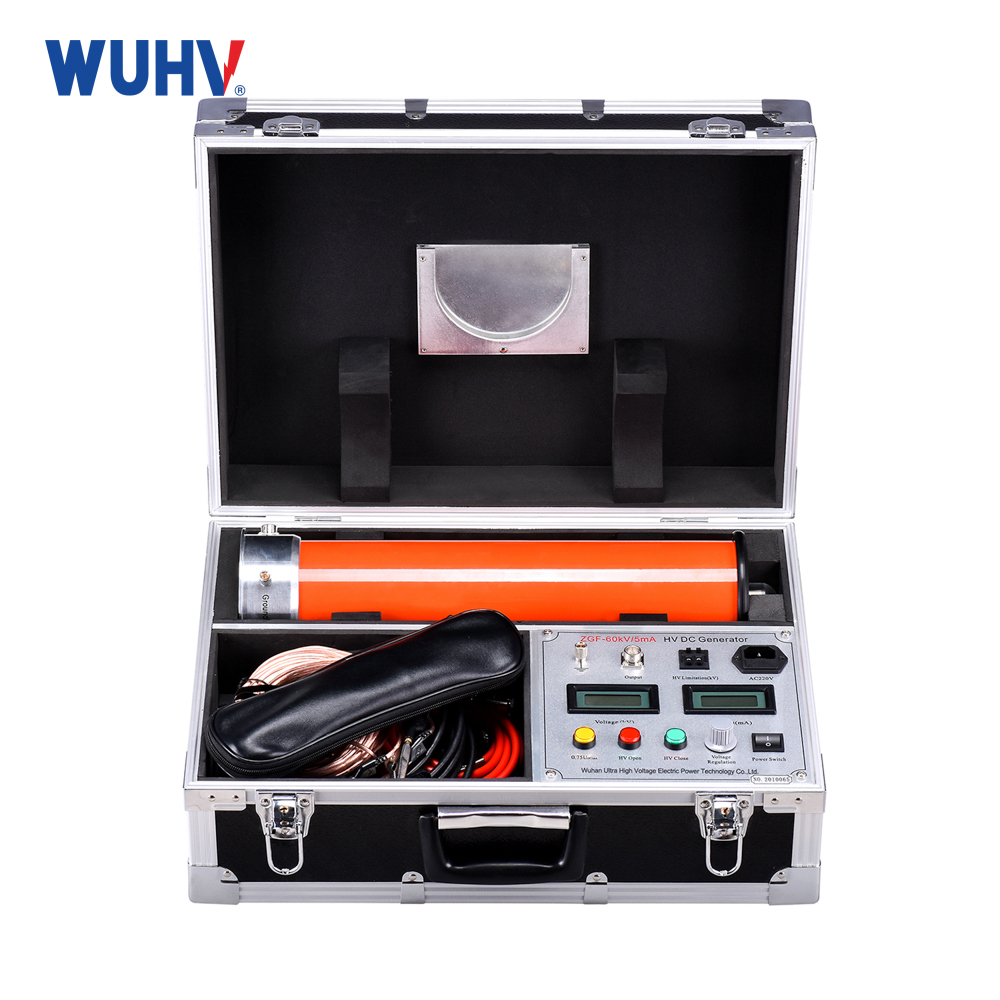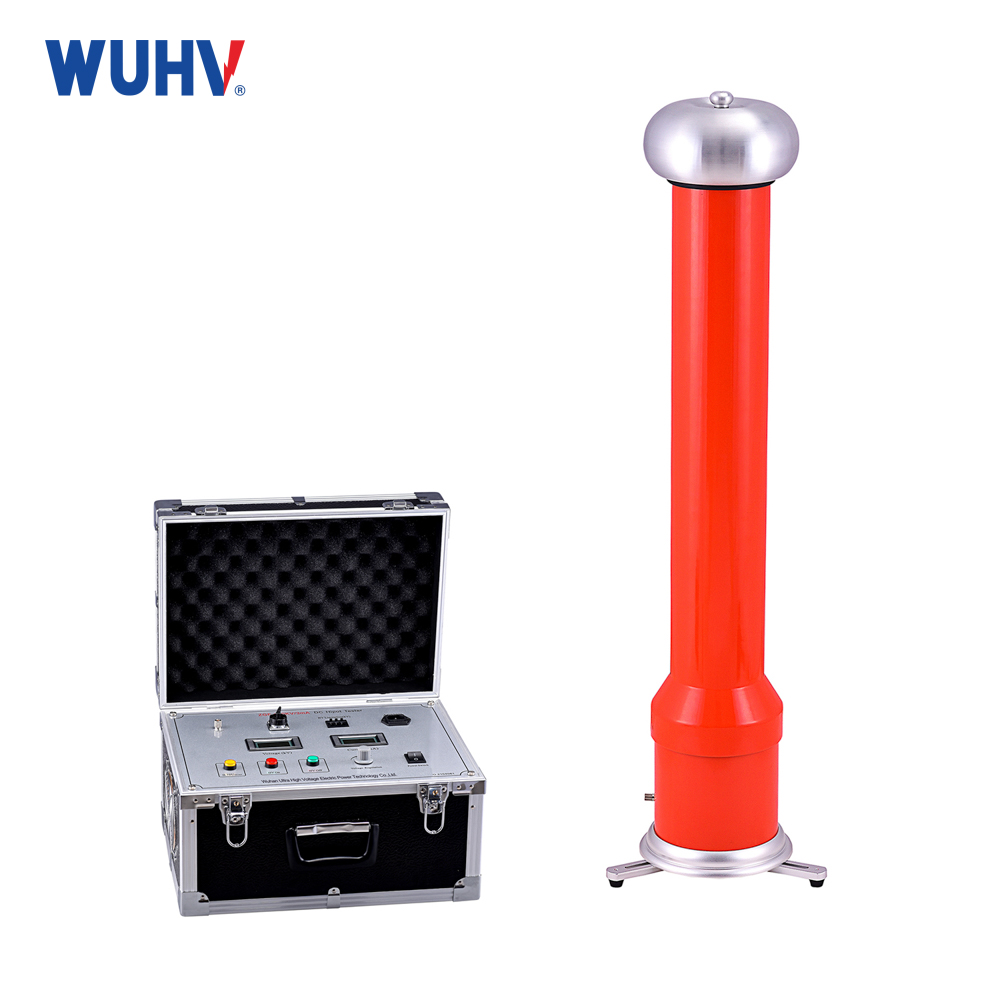The principle of series resonance? Wuhan UHV specializes in the production of series resonance, with a wide range of product selection and professional electrical testing. To find series resonance, choose Wuhan UHV.
The variable frequency series resonance test device applies the principle of series resonance, uses an excitation transformer to excite the series resonance circuit, adjusts the output frequency of the variable frequency controller, and causes the circuit inductance L and the test sample C to resonate in series. The resonance voltage is the voltage applied to the test sample. The frequency conversion resonance test device is widely used in industries such as power, metallurgy, petroleum, and chemical engineering, and is suitable for the handover and preventive testing of high-capacity, high-voltage capacitive specimens.
Equipment Principle
Using the principle of series resonance, the excitation transformer is used to excite the series resonance circuit, and the output frequency of the variable frequency controller is adjusted to make the circuit inductance L and the test sample C resonate in series. The resonance voltage is the voltage applied to the test sample.
The equipment for obtaining power frequency test voltage by using tuned inductance and load capacitance to generate power frequency series resonance consists of a variable frequency power supply, excitation transformer, reactor, compensation capacitor, and voltage divider. The capacitor and reactor of the test sample form a series resonant connection; The voltage divider is connected in parallel to the test sample to measure the resonant voltage on the test sample and provide an overvoltage protection signal; The frequency modulation power output is coupled to the series resonant circuit through an excitation transformer, providing excitation power for series resonance.
The series resonance test equipment is mainly used for the frequency conversion AC withstand voltage test of 10kV, 35kV, and 110kV cross-linked rubber power cables, 66kV, 110kV, and 220kV combination electrical appliances (GIS), and the power frequency AC withstand voltage test of hydraulic and thermal generators or power transformers. The basic principle is to use an adjustable (30-300Hz) series resonance test equipment to resonate with the capacitance of the test object to generate an AC test voltage.
In an AC circuit with resistor R, inductor L, and capacitor C, series resonance generally results in different phases of voltage and current at both ends of the circuit. If we adjust the parameters or power frequency of circuit components (L or C), we can make their phases the same, and the entire circuit appears purely resistive. When a circuit reaches this state, it is called resonance. In the resonant state, the total impedance of the circuit reaches or approximates its maximum value. The purpose of studying resonance is to understand this objective phenomenon and fully utilize its characteristics in science and applied technology, while also preventing the harm it may cause. There are two types of circuit connections: series resonance and parallel resonance. In a series circuit composed of resistors, inductors, and capacitors, when the capacitive reactance XC is equal to the inductive reactance XL, i.e. XC=XL, the phase of the voltage U and current I in the circuit are the same, and the circuit exhibits pure resistance. This phenomenon is called series resonance (also known as voltage resonance). When a series resonance occurs in the circuit, the impedance of the circuit Z=√ R2+XC-XL2=R, the total impedance in the circuit is minimized, and the current will reach its maximum value.
Selection criteria
The variable frequency series resonance test equipment is different from general testing instruments, and its biggest feature is that the same set of equipment can be used for AC withstand voltage testing of different electrical equipment such as cross-linked cables, transformers, etc GIS、 Electric motors and generators, in addition to the typical and commonly used models provided in this selection catalog for users to choose from, usually require the design of configuration schemes based on the user's sample range and testing requirements, to meet the testing requirements of different regions, users, and samples.


